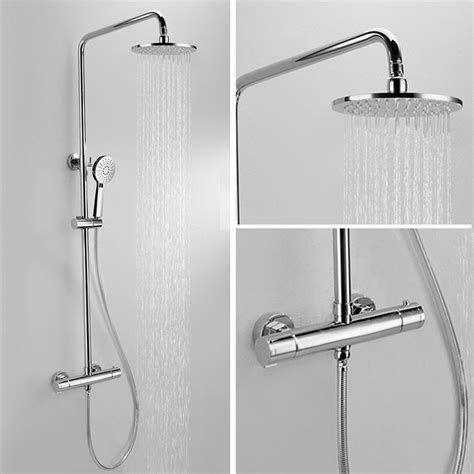

Are you certain you were looking at information for your specific unit
No, I don’t have the tech details for my specific model. Both videos cover different models of the same brand. The first video (d8ucufoyUlQ) model in the video looks newer judging from the control panel but interior looks the same. The 2nd video (G4bO8MYqQKk) has a different looking interior with a black label on the pump, so I think that’s an older one. I was figuring if a newer and older model both have the same voltage specs then mine is probably the same.
The voltmeter was set to DC voltage, 20 V (which should measure up to 20 V). My meter does not have a frequency function (Hz), so I don’t have the benefit of checking to see what flow rate is measured.
I should also mention that my cold water flows at ~1 liter/5 seconds and the hot water circuit flows at ~1 liter/7 seconds.
(update)
I found the service manual… did not realise I had one. But it’s not too useful. It does not clearly describe the relationship between voltage and state. There seems to only be a diagram which I posted here:


I forgot to mention, this problem is solved. It mysteriously fixed itself. After unplugging a connector and reconnecting it, the sensor started working again.